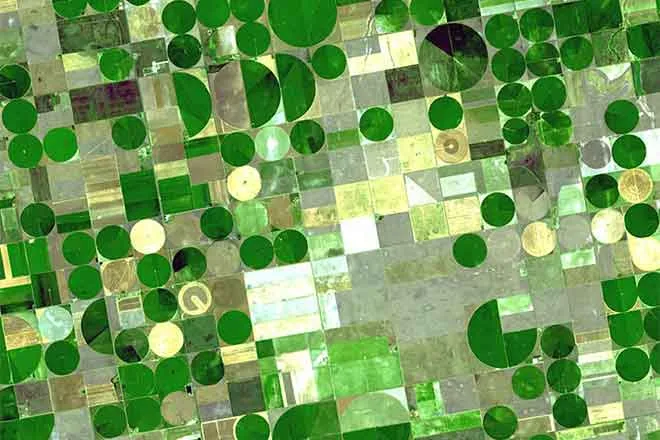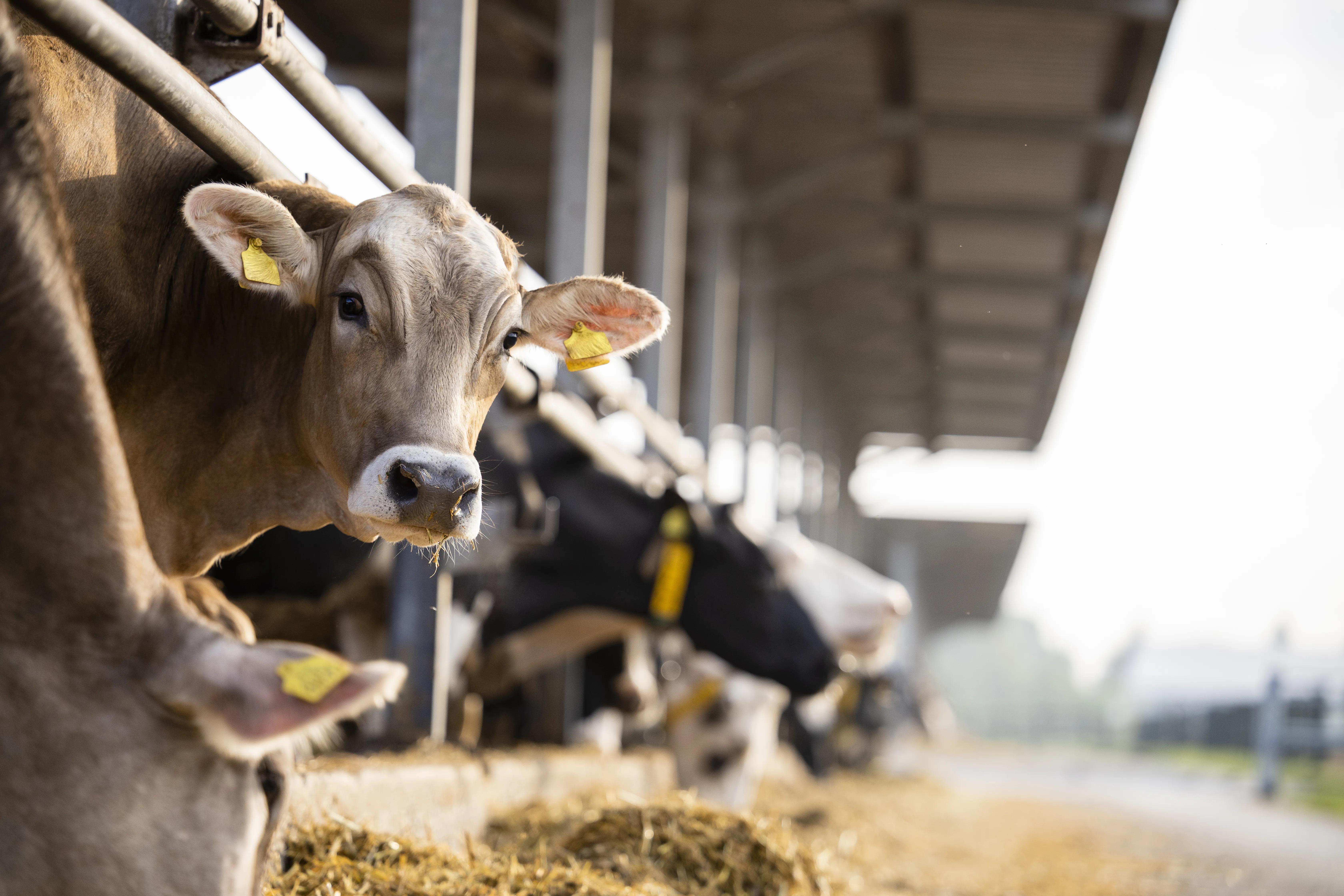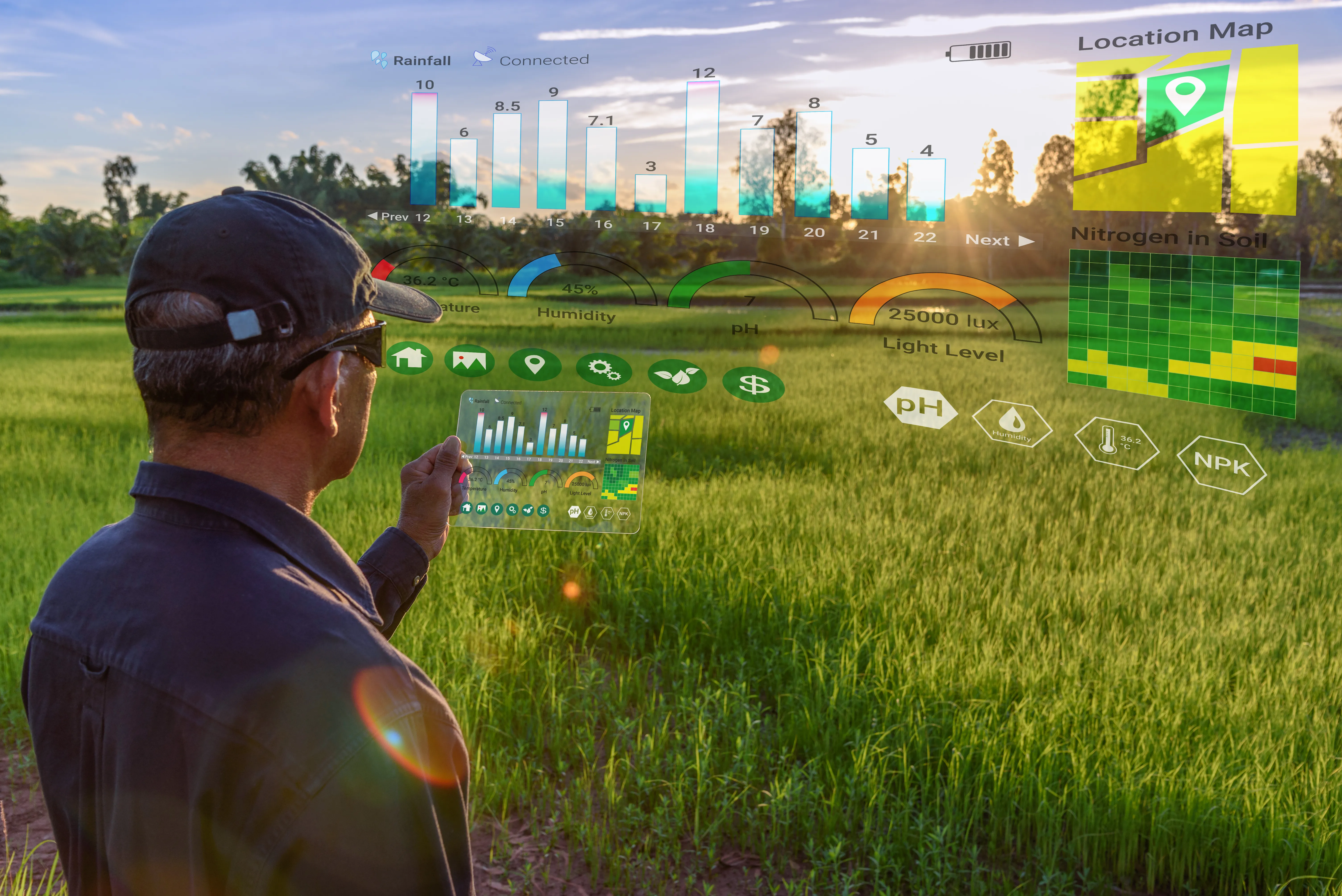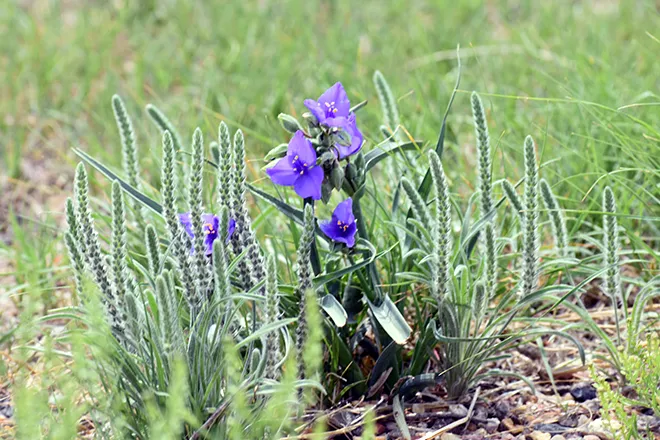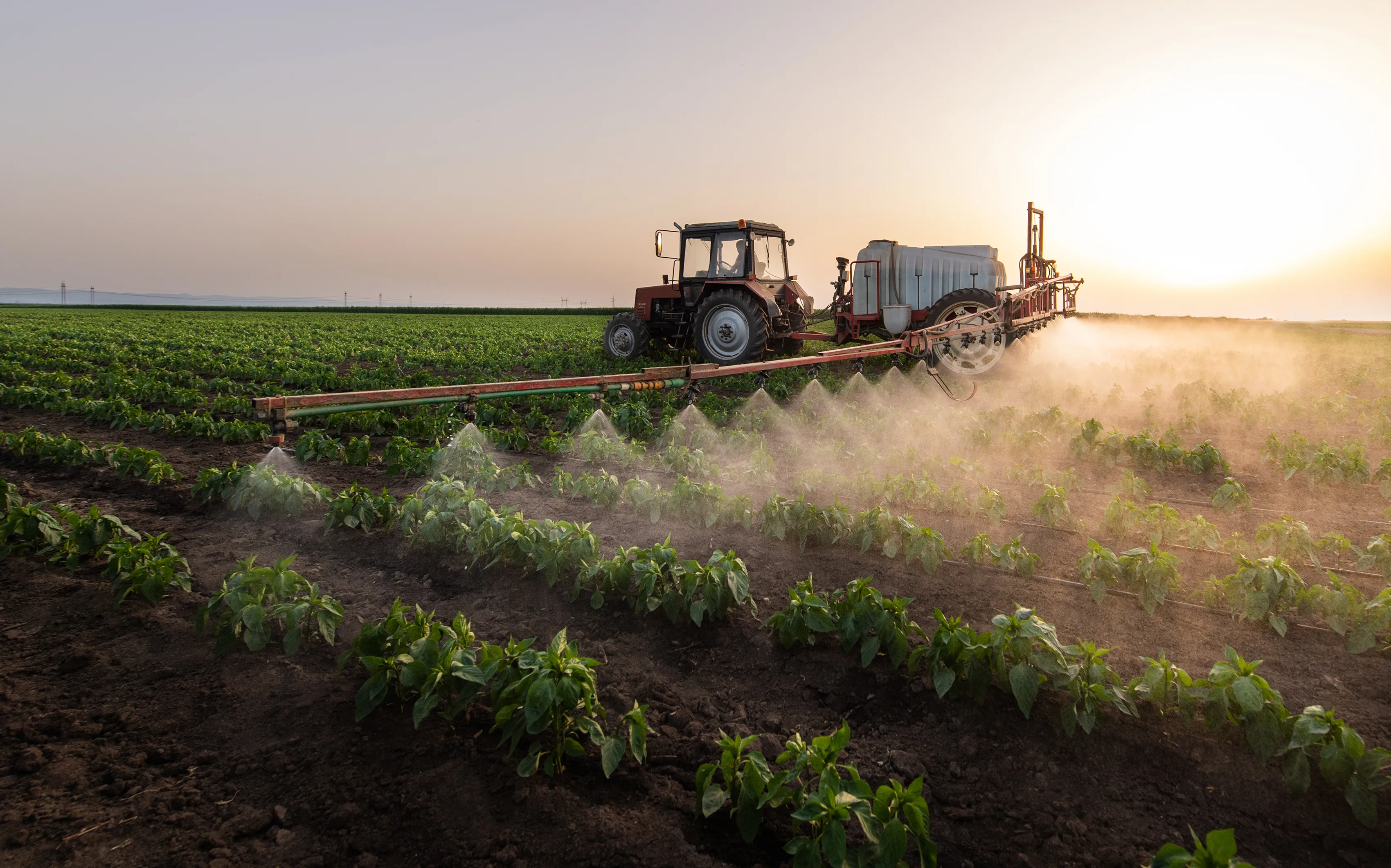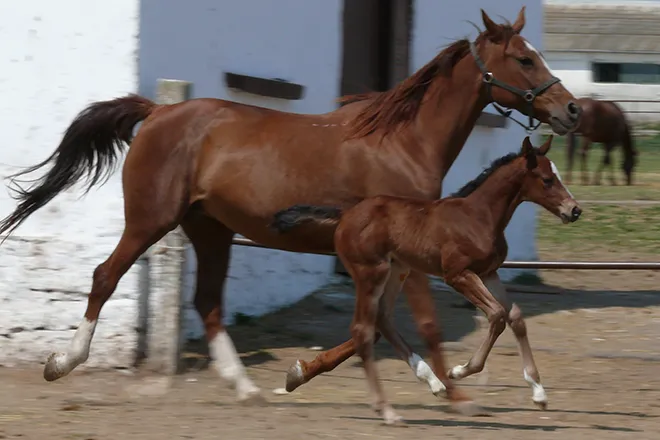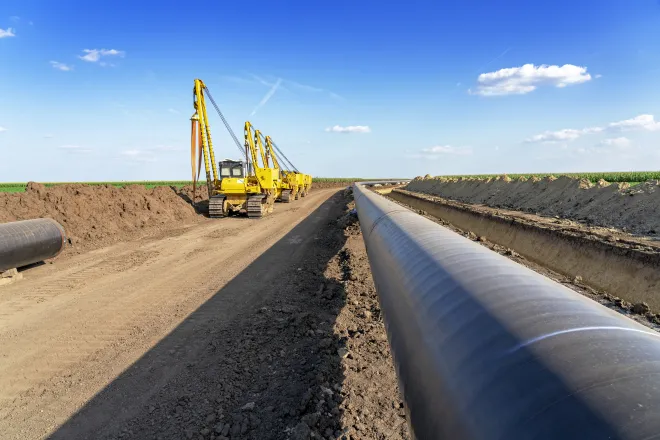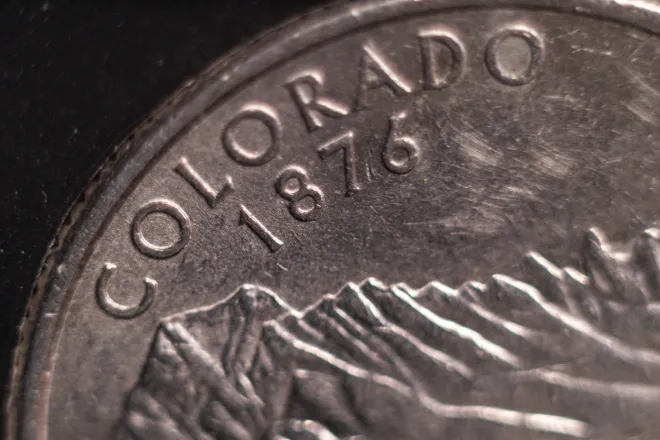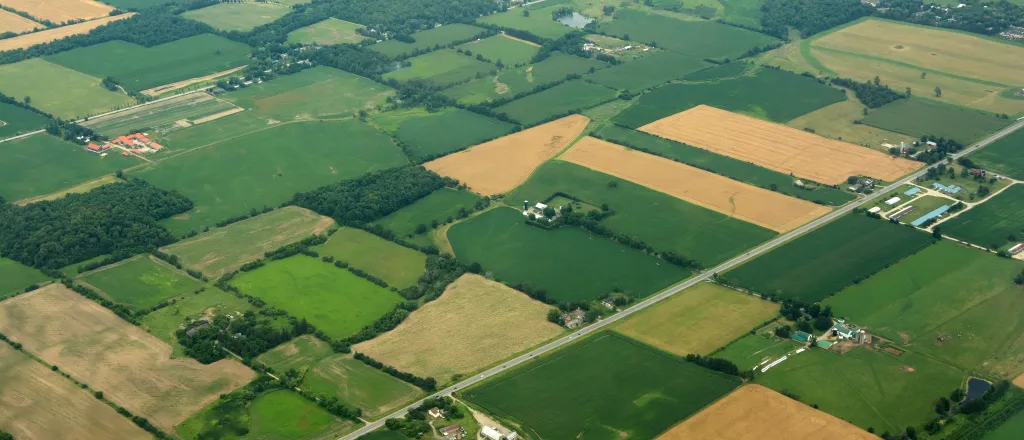
Soil building lessons for Colorado from South Dakota
iStock - IMNATURE
In August, I was invited to participate in a small bus tour focused on soil heath. The group consisting of myself, area producers, and staff and board members of the Lower Arkansas Valley Water Conservancy District traveled to central South Dakota to see and hear from several members of the South Dakota Soil Health Coalition.
Our first stop was the South Dakota State University, Dakota Lakes Research Farm located just east of Pierre South Dakota on the northern bank of the Missouri River. We were hosted by farm manager Dr. Dwayne Beck who has been running the farm since the early 1990’s. Dr. Beck was inducted into the South Dakota Hall of Fame in 2007.
The Dakota Lakes Research Farm consists of 800 acres of land of which about 250 acres is irrigated. Additional land is rented for research purposes. The entire operation is managed using no-till techniques.
Dr. Beck's emphasis is on developing no-till systems for irrigated and dryland areas in central South Dakota. His primary achievements deal with development of programs that have allowed producers to profitably adopt no-till techniques in a large portion of central South Dakota. Identification of the extremely important role played by crop rotation in minimizing weed, disease, and insect problems while increasing potential profitability was the key contribution of this project.
“No till isn’t about lack of tillage,” he said. “It’s about maintaining soil structure, soil health and the water cycle.”
One of the most impressive parts of our visit to Dakota Lakes Research farm was walking into a corn field about 10 feet behind an irrigation sprinkler that had applied 2 inches of water and not getting any mud on our shoes.
Our next stop was at Cronin Farms.
Cronin Farms was established in 1910, when Carl Cronin moved from Nebraska to South Dakota. Ever since the beginning, the farm has been a diverse mix livestock and crop enterprise. Today the farm is managed by Monty and Mike Cronin, along with their agronomy manager Dan Forgey.
The Cronins and Forgey take a holistic approach to crop and livestock management. The farm was transitioned to no-till in 1993, and the fragile perennial pastures were transformed from season-long grazing to a rotational grazing system. Forage and cover crops have been integrated into the diverse crop rotations and are either swathed and baled or preferably grazed during the fall and winter, improving nutrient cycling, soil health and biological activity. In the spring and summer, the cattle herd grazes grassland along the Missouri River breaks.
On our second day of touring we spent time at Schumacher Farms where owner Marv Schumacher also uses crop rotation, including cover crops in conjunction with no-till to improve his soil health.
The final stop of the tour was at Jorgensen Land and Cattle located just north of Ideal, South Dakota.
Jorgensen Land & Cattle is a diversified operation encompassing four core enterprises: Angus and commercial seed stock production, an advanced bull leasing program, no-till crop production, and commercial pheasant hunting.
As a purebred Angus and commercial seed stock producer, Jorgensen Land & Cattle raises and markets 3500 bulls annually, most of which are marketed through a bull leasing program. The farming operation covers more than 12,000 acres in no-till crop production raising feed grains, forages, and certified seed. Soil health is a top priority, and they maintain a diverse crop rotation to ensure their soils remain healthy and productive. A commercial pheasant hunting operation makes use of their abundant population of wild pheasants.
We met with Bryan and Nick Jorgensen in their impressive new office and meeting facility located on the farm. Bryan and Nick shared how they are planting cover crops on available acres during the off growing season periods and then grazing the cover crops with their herd bulls. They gave examples of how no-till and grazing cover crops has improved the overall net income on their operation.
Even though southeast Colorado has some difference in climate from central South Dakota there are some basic principles that can be applied. No-till “low soil disturbance” is the first step in improving soil health by increasing the amount of crop residue and improving water infiltration into the soil. Crop rotation and diversity allows the plants to work with nature to compete with weeds and pest. Cover crops when there is moisture available combined with managed grazing can provide a huge boost to soil biological activity.

